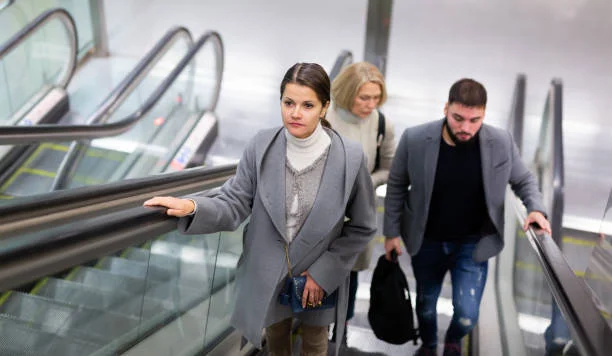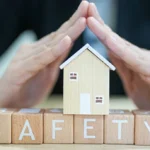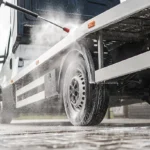Shopping centers—malls, department stores, and big-box retailers—rely on escalators to move millions of shoppers efficiently between floors. We step onto these mechanical staircases without a second thought, yet escalator accidents are becoming an alarmingly frequent safety concern. These incidents, which range from simple slips to catastrophic malfunctions, result in severe, life-altering injuries. Understanding this escalating risk is crucial for everyone who uses these machines. For victims dealing with the aftermath of an unexpected fall or entrapment, securing expert personal injury representation is often the necessary next step to navigate the complex legal landscape of premises liability and ensure they receive fair compensation for their pain, medical bills, and lost wages. This issue demands not just our attention, but decisive action from shopping center owners and maintenance crews.
The Dual Threat: Mechanical Failure and Negligence
When an escalator accident occurs, the cause typically falls into one of two major categories: mechanical failure or user behavior, often exacerbated by property owner negligence.
Mechanical Failures and Poor Maintenance
Escalators are complex machines with dozens of moving parts that require meticulous, regular maintenance to function safely. Unfortunately, cost-cutting measures or simple oversight can lead to dangerous breakdowns. A classic problem is the sudden, abrupt stop or start, which can instantly throw multiple riders off balance. Another terrifying scenario is a missing or broken step, or a gap too wide between the step and the side panel (skirting), creating a severe entrapment hazard.
- Faulty Comb Plates: These toothed metal plates at the entrance and exit can catch on shoes and clothing, leading to gruesome foot and leg injuries if they are broken or misaligned.
- Non-Synchronous Handrails: If the handrail moves at a different speed than the steps, riders holding on can lose their footing and fall.
- Worn-out Components: Over time, brakes can fail, step chains can snap, and electrical systems can malfunction. When these components aren’t replaced on schedule, the risk of a significant accident skyrockets.
Shopping center owners have a legal responsibility to ensure their equipment is inspected and maintained in accordance with strict safety codes. When they fail in this duty, they are directly contributing to the danger their patrons face.
User Error: Distraction and Vulnerable Groups
While mechanical issues highlight property owners’ responsibility, many accidents are tied to user behavior—but often with a significant asterisk. Distraction is a massive factor. People glued to their phones as they step onto or off an escalator dramatically increase the risk of a simple stumble turning into a serious fall.
However, the most vulnerable groups often suffer the worst injuries:
- Children: Small children are at a high risk of entrapment, especially near the skirting or comb plates. Their loose clothing or soft-soled shoes can be easily caught. Parents often carry strollers, prams, or shopping carts onto escalators, a prohibited and incredibly dangerous practice.
- The Elderly: Older adults may have mobility issues or slower reaction times. A slight jolt or a slippery step can cause a serious fall, often resulting in devastating fractures and head injuries.
- Carrying Bulky Items: Shoppers struggling with multiple bags or large purchases have a compromised center of gravity and reduced ability to grasp the handrail, making them much more susceptible to falling.
While shoppers must practice caution, shopping center design and signage also play a role. Is the emergency stop button clearly marked and accessible? Are clear, multilingual warnings posted at both landings? The environment should mitigate, not amplify, the risks associated with momentary distraction.
The Path Forward: Prevention and Accountability
Preventing escalator accidents requires a multi-pronged approach that addresses both the machine and the user. Shopping center management must commit to rigorous, scheduled maintenance by certified professionals and maintain detailed, up-to-date inspection logs. Any malfunctioning escalator should be immediately shut down, barricaded, and clearly marked as out of order until fully repaired.
On the user side, clear and consistent safety messaging is essential. Simple steps—always face forward, hold the handrail, supervise children, and avoid using the escalator with a stroller—need to be communicated visually and verbally. The responsibility, ultimately, rests on the property owner to create the safest possible environment for their patrons.
Conclusion
When safety guidelines are ignored and injuries occur, accountability becomes paramount. Escalator accidents can lead to extensive hospital stays, missed work, and ongoing physical therapy. These financial and emotional burdens can be overwhelming. Seeking professional personal injury representation is crucial for victims to ensure that negligence is investigated properly, responsible parties, whether the property owner or the maintenance company, are held accountable, and that the victims’ right to compensation is vigorously protected. The mall should be a place for pleasant shopping, not a setting for preventable tragedies.






